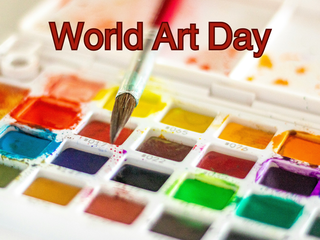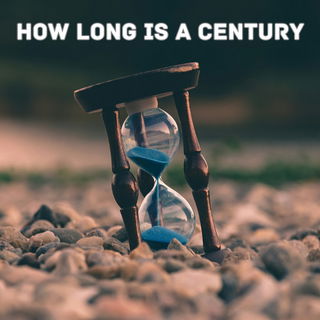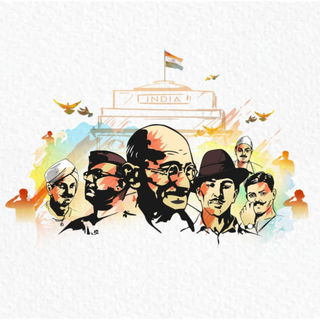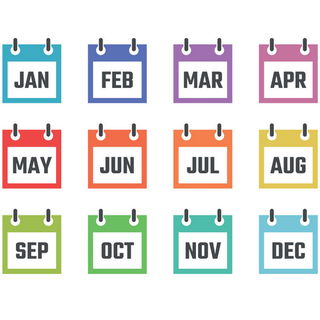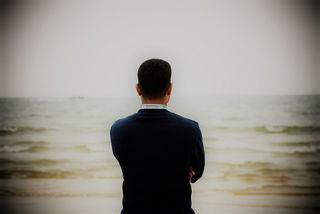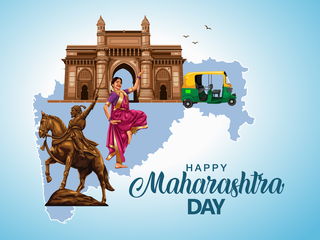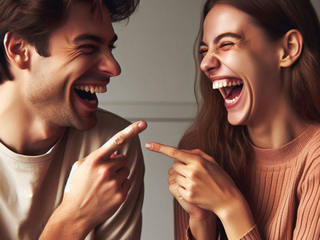- Calendar
- Calendar 2025
- August
- Holiday Independence Day
Independence Day
Holiday
India’s Independence Day is commemorated on 15th August every year.
Also known as “Swatantrata Diwas”, it is declared a statutory holiday in India so schools and businesses remain closed. Independence Day marks the end of the long British colonialism that lasted more than 200 years!
2024 marks the 77th Independence Day of the nation.

Independence Day History: A Complete Timeline of British Rule in India
August 24, 1608- Arrival of British East India Company
The British East India Company came to India in order to take part in the spice trading business. They landed at the port of Surat in Gujarat.
June 23, 1757- The Battle of Plassey
The Battle of Plassey took place this year between Siraj-Ud-Daula, the then Nawab of Bengal and the British East India Company headed by Robert Clive. The latter defeated the formed which marked the first military conquest by British East India Company.
1857- Sepoy Mutiny
The Sepoy Mutiny, also known as the First War of Independence and the Revolt of 1857, took place this year in Meerut. This market the end of the rule of the British East India Company and India directly came under the rule of the British Government under Queen Elizabeth.
1885- Formation of Indian National Congress
The Indian National Congress was formed in 1885 in Mumbai by A.O. Hume and Dadabhai Naoroji. This was the oldest National Party formed in India with the intention of involving educated Indian natives to take part in politics.
1906- Indian Muslim League Formation
Another major Indian political party- Indian Muslim League emerged in the political sector to represent the interests of the Muslims.
1919- Jallianwala Bagh Massacre
The horrific Jallianwala Bagh Massacre took place in 1919. A group of peaceful protesters were gathered in Jallianwala Bagh, a public garden in Amritsar, Punjab.
They were protesting against the arrest of two national leaders: Satyapal and Saifuddin Kitchlew and some were also there to celebrate Baisakhi. However, the British troops under General Dyer opened fire on the unarmed crowd killing 1000s and injuring over 1500 people.
1920- Non Cooperation Movement
In March 1920, Mahatma Gandhi started the Non Cooperation Movement in India which was a non-violent protest against the British rule in India.
1930- Civil Disobedience Movement
Civil Disobedience Movement - Another Gandhi-led movement encouraging non-violent resistance to British laws.
March 12, 1930- Dandi March
The Salt Satyagraha, also known as the Salt March and Dandi March, was another non-violent movement launched by Mahatma Gandhi. The salt tax was imposed by the British and accounted for 8.2 percent of British Raj revenue.
Thus, on March 12, 1930, Mahatma Gandhi along with 50,000 marched from Sabarmati Ashram to the coastal village of Dandi in Ahmedabad where he broke the salt law by making salt from seawater.
1920s
The Britishers sowed seeds of discontentment among Hindus and Muslims. This is why Muhammad Jinnah advocated for a separate Muslim, also known as the two nation theory.
1929
At a session in Lahore, the Indian National Congress (INC) declared Purna Swaraj (Complete Independence) as their ultimate goal. The nationalists also unfurled the Indian National Flag in this conference.
March 8, 1942- Cripps Mission
Britain tried to win India's help in World War 2 by promising independence after the war as stated in Cripps Mission. India didn't trust them and Muslims worried about being ruled by Hindus. The talks failed and India's thirst for independence gained more momentum.
August 8, 1942- Quit India Movement
Mahatma Gandhi launched the Quit India Movement or August Kranti. The movement demanded for immediate and complete independence of India, end of British rule and forming a provisional Government in India after British's withdrawal
August 15, 1947- Independence Day
India finally gained its much-awaited liberty at midnight on August 15, 1947. On this day, the Indian Independence Act came into effect. It transferred legislative sovereignty to the Indian Constituent Assembly.
India and Pakistan also got divided on this day.
The reins were eventually handed over to the leaders of the country. The first prime minister of India, Pandit Jawaharlal Nehru, gave his speech. It is said that India’s win of Independence was a “tryst with destiny”, which was a result of long and tiresome struggles and sacrifices of many people and freedom fighters.
Post-Independence, India went on to become the world’s largest democracy as the UK parliament finally passed the 1947 Indian Independence Act. This day also marks India’s partition into two nations- India and Pakistan.
Independence Day Celebration at Red Fort
The Official Independence Day celebration takes place in Red Fort, New Delhi.
The Prime Minister hoists the Indian Flag (tiranga or three colors: saffron at the top, white in the middle with the navy blue Ashoka chakra, and green at the bottom) on the ramparts of Red Fort.
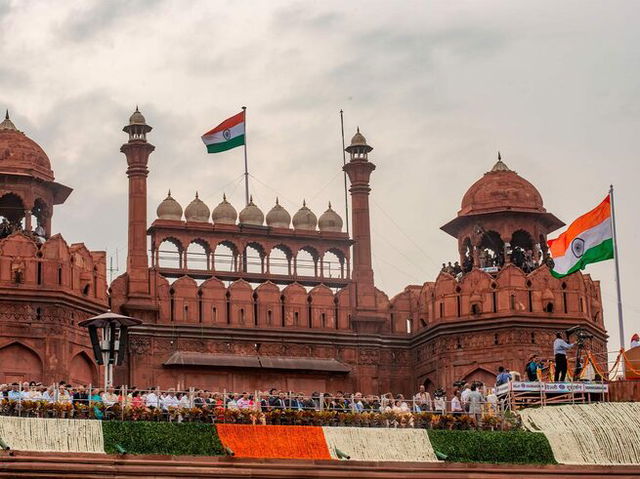
This is followed by the Prime Minister’s speech, where he addresses the country’s past achievements, raises important issues, and announces plans for further development of the nation. He pays tribute to all the freedom fighters who fought and sacrificed for the country’s freedom.
India’s national anthem, ‘Jana Gana Mana’, is played and sung by everyone present in the official celebration along with the Prime minister. The Indian Armed forces perform march past along with parades and pageants by other paramilitary forces. Similar celebrations are held in each state capital by the respective Chief Ministers.
Independence Day Public Celebration
All public sectors and government bodies have a national holiday. Major government buildings, schools, and Universities are illuminated with strings of tri-color lights. Almost every house and apartments hoist the national flag.
Indians pay homage to the freedom fighters. Newspapers, broadcasts, media, print, etc., have special programs, articles, and contests to promote this day. Channels telecast movies about India’s Independence.
Schools and Universities hold a flag-hoisting ceremony and speech on independence. Students sing the national anthem and dance, sing and read out poetry on this day. After the celebrations are over, family and friends come together to have lunch at home, restaurants, or picnic. Patriotic songs are played everywhere.
You might like to read these articles next:
- Republic Day
- Freedom Fighters Of India: 10 Names We Will Never Forget
- Indian Air Force Day
- Gandhi Jayanti
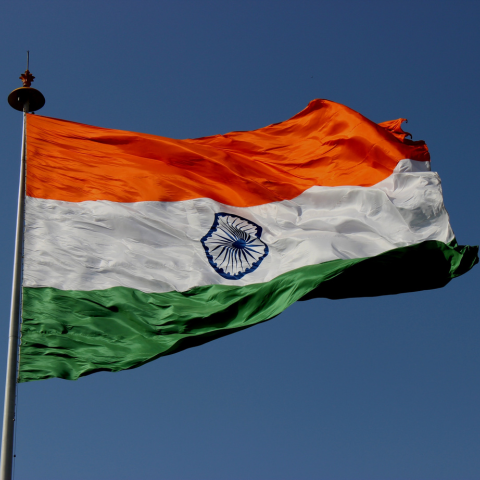
Other Celebrations
-
Jan 26 SunRepublic Day Holiday
-
Apr 14 Mon
-
Apr 24 Thu
-
Jul 02 Wed
-
Oct 02 ThuGandhi Jayanti Holiday
-
Oct 08 Wed

Independence Day - Next years
Saturday, 15 August 2026
Sunday, 15 August 2027
Tuesday, 15 August 2028

